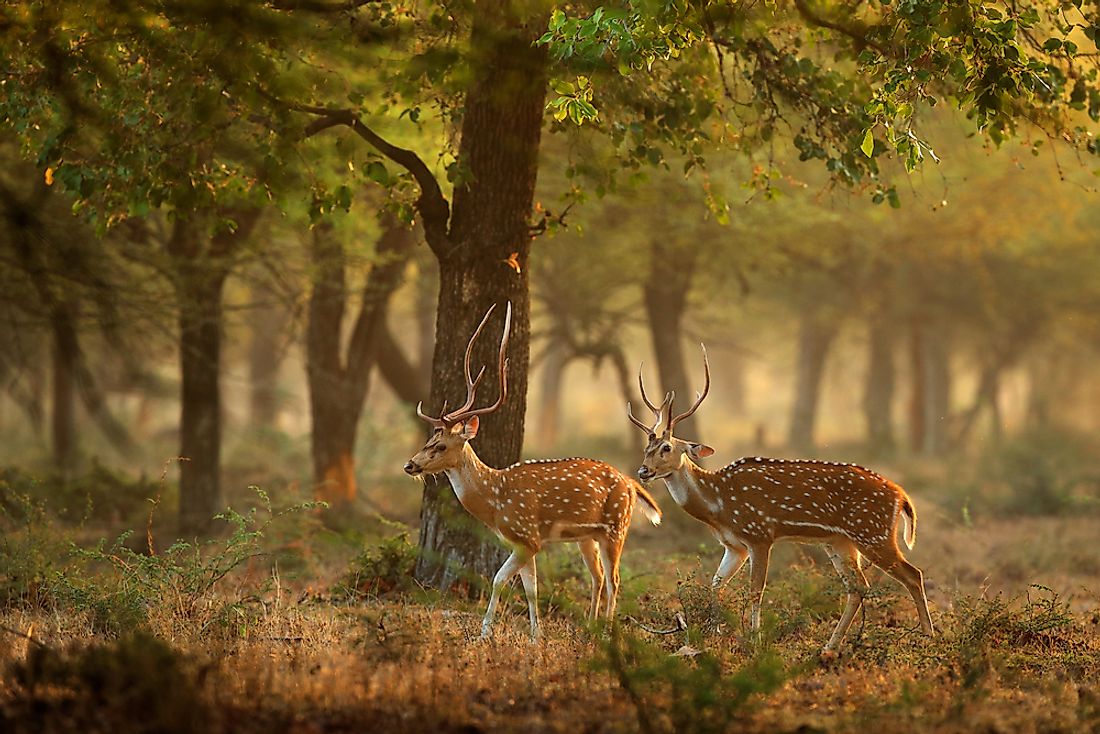What Is the Balance of Nature?

The ecosystem is often balanced when the living organisms such as plant, humans, and animals are in harmony. Humans are key in maintaining such a balance since the balance is dependent on their activities. However, people often carry out activities that are harmful and destructive to nature. Some, while interacting with nature, conserve it while others break it through the exploitation of forests, agricultural activities, and the introduction of invasive species. This destruction and conflict between humans and nature has led to the formation of protectionist groups and conservation activists. Because of the conflict between the nature and humans, there is a need for a balanced nature that will ensure not only the survival of plants and animals but also humans.
Natural Balance Theory
The balance of nature can be defined as a biological equilibrium between the living beings such as human, plants, and animals. At a stable equilibrium, the balance of nature asserts that any slight change in certain parameters will be corrected by a negative feedback which will eventually bring back the changed parameter to its original position of balance. The balance of nature applies in the case where there is interdependence in a population such as the predator-prey system or herbivores-vegetation system. The theory of permanently balanced nature has been criticized and dismissed by scientist, especially ecologists who have found that chaotic changes in populations are common. Despite the criticism, the theory is popular among the general public.
History
The concept that nature maintains its balance has existed for a long time. One of the most proponents of the theory was Herodotus who asserted that there is a perfect relationship between predators and preys which ensures that they remain in steady proportion to one another. In this wonderful relationship do not excessively feed on their prey. At some point, the theory of “balance of nature” dominated the ecological research and influence the management of the natural resources, leading to a popular doctrine among conservationist that nature would thrive if left to take care of itself and human intervention was unacceptable. The balance of nature concept was already in question by the beginning of the 20th century but the concept was abandoned by the scientists in the field of ecology in the last quarter of the century.
Human Intervention
The population of predators and prey often exhibit chaotic behaviors within the limit in which the population sizes in ways that may appear random and unpredictable but in real sense obeying the deterministic laws depending on the relationship between the population and the source of food as highlighted by Lotka-Volterra equation. Although humans have been accused of destroying the environment, some of their activities have contributed to creating modern day habitats. Some rainforests in Latin America were planted and transplanted by humans. The “fire-stick farming” practiced in Australian Aboriginal is an example of a human activity that modified the ecosystem.
The Fate of the Theory
Although the theory has been discredited by most of the ecologist, it is still widely held as true by the general public. In Midwestern America, the concept is widely held by both the science students and general students.











